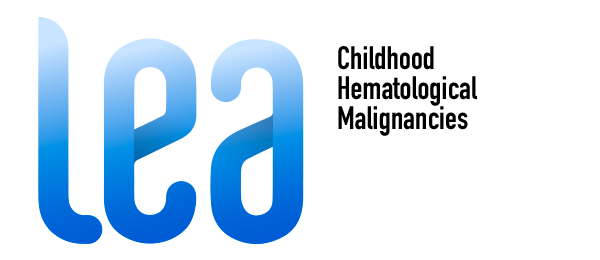Blandine Courbiere, Benjamin Drikes, Anaïs Grob, Zeinab Hamidou, Paul Saultier, Yves Bertrand, Virginie Gandemer, Dominique Plantaz, Geneviève Plat, Maryline Poirée, Stéphane Ducassou, Cécile Pochon, Jean-Hugues Dalle, Sandrine Thouvenin, Catherine Paillard, Justyna Kanold, Anne Sirvent, Christine Rousset-Jablonski, Solène Duros, Aurore Gueniffey, Clementine Cohade, Samir Boukaidi, Sandrine Frantz, Mikael Agopiantz, Catherine Poirot, Anne Genod, Olivier Pirrello, Anne-Sophie Gremeau, Sophie Bringer-Deutsch, Pascal Auquier, Gérard Michel
Fertil Steril. 2023 Apr;119(4):663-672. doi: 10.1016/j.fertnstert.2022.12.040
https://pubmed.ncbi.nlm.nih.gov/36627013/
Abstract
Objective: To study the impact of hematopoietic stem cell transplantation (HSCT) on the uterine volume of childhood acute leukemia (AL) survivor depending on age at HSCT and the type of myeloablative conditioning regimen.
Setting: Thirteen French University Teaching Hospitals.
Design: Prospective cohort study.
Patient(s): Eighty-eight women who underwent HSCT during childhood or adolescence for AL compared to a control group.
Intervention(s): A multicentric prospective national study compared the uterine volume in a cohort of childhood AL survivor adult women treated with HSCT, matched 1:1 to control women. Pelvic magnetic resonance imaging scans included diffusion-weighted imaging sequences. Scans were centralized for a double-blinded reading by 2 radiologists.
Main outcome measure(s): Uterine volume, uterine body-to-cervix ratio, and apparent diffusion coefficient.
Result(s): The mean age at HSCT was 9.1 ± 0.3 years with a mean follow-up duration of 16.4 ± 0.5 years. The cohort of 88 HSCT survivor women was composed of 2 subgroups depending on the myeloablative conditioning regimen received: an alkylating agent-based regimen group (n = 34) and a total body irradiation (TBI)-based regimen group (n = 54). Among the 88 women, 77 were considered as having a “correct hormonal balance” with estrogens supplied by hormone replacement therapy (HRT) for premature ovarian insufficiency (POI) or because of a residual ovarian function. In the control group (n = 88), the mean uterine volume was 79.7 ± 3.3 mL. The uterine volume significantly decreased in all HSCT survivor women. After the alkylating agent-based regimen, the uterine volume was 45.3 ± 5.6 mL, corresponding to a significant volume reduction of 43.1% (28.8-57.4%) compared with that of the control group. After TBI, the uterine volume was 19.6 ± 1.9 mL, corresponding to a significant volume reduction of 75.3% (70.5%-80.2%) compared with that of the control group. After the alkylating agent-based regimen, the uterine volume dramatically decreased in women with POI without HRT compared with that in those with a correct hormonal balance (15.2 ± 2.6 vs. 49.3 ± 6 mL). In contrast, after TBI, the uterine volume was similar in all women, with no positive effect of hormonal impregnation on the uterine volume (16.3 ± 2.6 vs. 20.1 ± 2.2 mL, respectively).
Conclusion(s): The uterine volume was diminished after HSCT, regardless of the conditioning regimen. The physiopathology needs to be further investigated: specific impact of a high dose of an alkylating agent; impact of hormone deprivation around puberty; poor compliance to HRT; or different myometrial impact of HRT compared with endogenous ovarian estrogens?
Clinical trial registration number: ClinicalTrials.gov/NCT03583294 (enrollment of the first subject, November 11, 2017; enrollment of the last subject, June 25, 2021).
Keywords: MRI; Uterus; chemotherapy; hematopoietic stem cell transplantation; total body irradiation.

